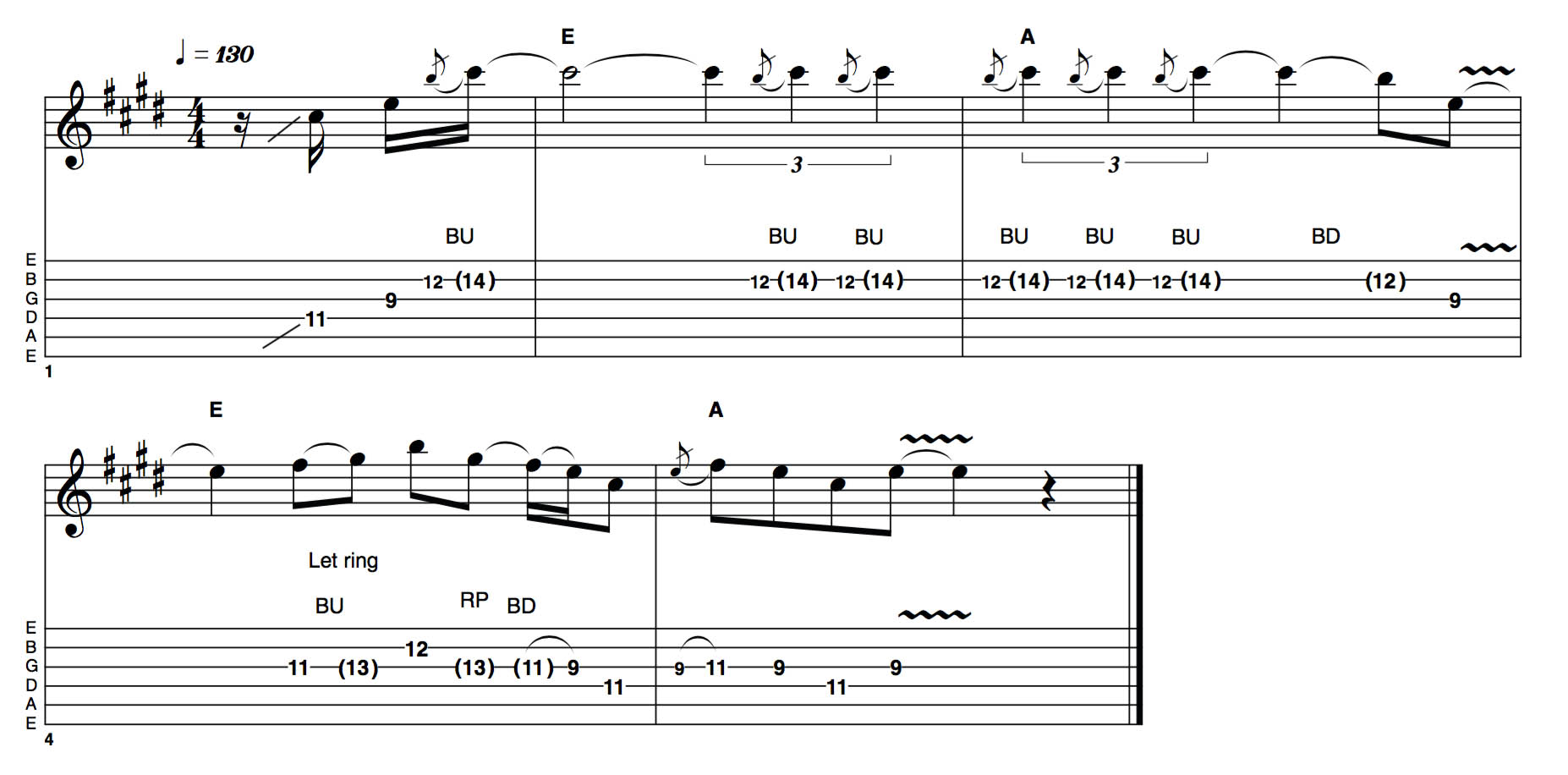4 guitar tricks you can learn from Rory Gallagher
Touch and feel is everything when trying to master the late Irish blues-rock maestro's style

The wise guitarist should always approach any attempt to emulate Rory Gallagher with extreme caution – and perhaps the odd disclaimer.
In fact, this solo does not draw specifically from licks or solos from Rory’s abundant recorded output; the aim was to capture a vibe, something Rory had in spades all through his career.
The same could be said for Rory’s equipment, famously roadworn before such a thing became fashionable – most notably his ’61 Strat, reputedly the first in Ireland, which he managed to source when its original owner changed to one in the first preferred finish of Fiesta Red. Rory had no such concerns, and the original Sunburst pretty much wore away in any case!
Fusing influences that included skiffle, rock ’n’ roll, folk and blues, Rory had a good grounding in popular music styles from an early age, no doubt further expanded by regular gigs with touring show bands as a teenager.
While fashions waxed and waned elsewhere, Rory stayed loyal to his roots, as do his numerous fans
A lifelong devotee of the blues, Rory’s material with Taste onwards definitely took on a more rock energy, and guitarists as diverse as Jimi Hendrix and Alex Lifeson of Rush have expressed their admiration for his heartfelt playing. While fashions waxed and waned elsewhere, Rory stayed loyal to his roots, as do his numerous fans.
Perhaps it’s this authenticity that makes it so hard to second-guess what Rory might have played and approximate his style in a solo like this. However, we can assemble some of the key ingredients: a Strat (or thereabouts) and an overdriven amp, plus a commitment to getting the message across without over embellishment and effects. Electric guitar is supposed to be fun, after all!
Example 1
Taking an E major pentatonic approach and using the middle pickup, this first section of the solo leans heavily on the major 6th, something Rory may have picked up from his blues heroes.
All the latest guitar news, interviews, lessons, reviews, deals and more, direct to your inbox!
Note that the beginning of the phrase is also anticipated, complementing the bass and drums, which do the same. The repeated triplet bends make a bold statement, followed up with a more conventional approach, staying within the same pentatonic ‘box’ until the first natural pause in bar 4.
Example 2
Shifting to the E minor pentatonic (shape 4), the same rhythmic approach is maintained, though this time we work in reverse order and graduate to some triplets to finish.
These are accented with some random pinch harmonics generated by moving the picking hand along the string, with a healthy dose of vibrato from the fretting hand. Don't get too hung up on perfect harmonics; Rory certainly was a perfectionist but the feel was always paramount.
Example 3
Flicking to the bridge pickup and shifting position (just) in time for the up-beat of the next bar, this phrase is based around the classic shape 1 E minor pentatonic. Bar 2 going into bar 3 and pretty much to the end of this example is taken up with a repetitive semiquaver pattern, played across the beat due to this being a three-note pattern. The result is that it moves forward a note in each group of semiquavers.
Example 4
More play with 6ths here, plus the classic blues interplay between the major and minor 3rd (G and G#). Bar 2 sees a slide to an A major arpeggio, which could also be seen as part of an A major pentatonic scale.
This shifting between keys continues to the final phrase – it’s based around the B minor pentatonic, even though the chord underneath is B major. That’s rock ’n’ roll for you!
Hear it here
Rory Gallagher – Irish Tour ’74
Rory Gallagher was a live performer through and through. Imagine bringing this album home in 1974 and dropping the needle on Cradle Rock, recorded live at Cork City Hall, close to where Rory was brought up.
If you have the 40th Anniversary Edition, then you can compare versions of Messin’ With The Kid from Cork and Ulster Hall. The dynamics and energy coming from these tracks is palpable, further demonstrated on I Wonder Who.
Rory Gallagher – Against The Grain
The energy of Rory’s live shows survived the transfer to studio remarkably well. Let Me In provides a raucous start to the album that is every bit as unpretentious and vital as punk claimed to be shortly afterwards.
Bought And Sold captures a lively shuffle with Hendrix-style unison guitar and vocals, with just the right amount of feedback. And Cluney Blues features some cleaner neck pickup tones. From the Strat tones here, you can see why Rory favoured that one guitar so heavily.
Rory Gallagher – Notes From San Francisco
Released after Rory’s passing, this is a mixture of live and studio-recorded material. Rory apparently had some misgivings about the production of newer material, but later sanctioned this remix. Kicking off with Rue The Day, there certainly doesn’t seem to be an issue.
Overnight Bag demonstrates how Rory encapsulated rock, blues and a pop sensibility, while keeping his powerful playing front and centre. The live selections also show him on top form, as heard on Do You Read Me.
As well as a longtime contributor to Guitarist and Guitar Techniques, Richard is Tony Hadley’s longstanding guitarist, and has worked with everyone from Roger Daltrey to Ronan Keating.





